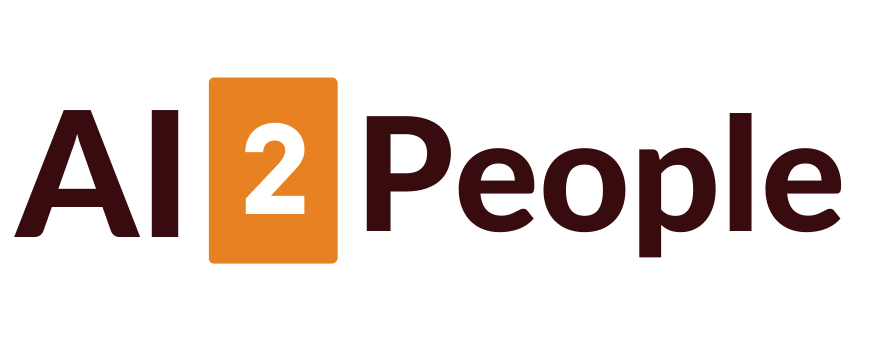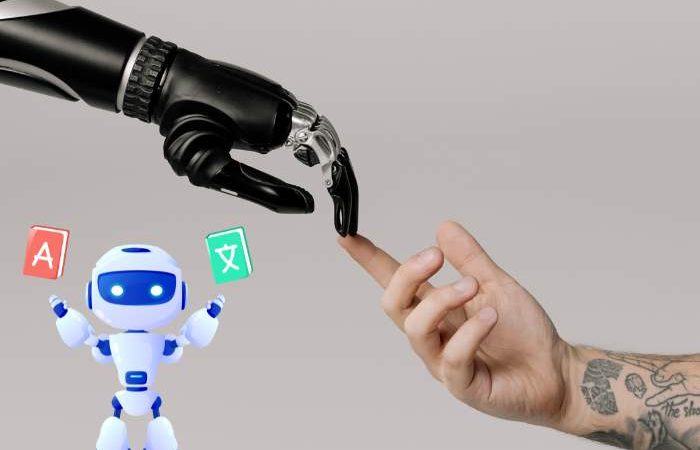
The Role of Text-to-Speech in Modern E-Learning Platforms
The Role of Text-to-Speech in Modern E-Learning Platforms
The rapid growth of e-learning platforms has transformed education globally, making it more accessible and personalized. One key innovation in this shift is text-to-speech AI generators. These tools are enhancing learning experiences by providing auditory access to course content, improving engagement, and breaking down barriers for learners worldwide.
This article explores how text-to-speech for audiobooks and similar technologies are reshaping modern e-learning platforms.
Table of Contents
Understanding Text-to-Speech Technology
Text-to-speech (TTS) technology converts written text into spoken words. Originally robotic, today’s TTS systems use advanced AI, like text-to-speech AI generators, to create natural, human-like voices. This evolution has made TTS an essential tool in e-learning, offering more engaging and inclusive content delivery.
The Global Impact of E-Learning Platforms
E-learning is growing rapidly, with the global market expected to exceed $400 billion by 2026. This expansion is fueled by the ability of online platforms to deliver content globally. Text-to-speech technology increases accessibility by allowing learners to listen to content, making it more flexible and inclusive for people from diverse linguistic and educational backgrounds.
The Role of TTS in Improving Accessibility
TTS plays a critical role in improving accessibility. It benefits students with visual impairments, learning disabilities like dyslexia, and cognitive challenges. By enabling students to listen to content, text-to-speech for audiobooks removes barriers and enhances learning for students who might struggle with reading.
TTS also supports learners in areas with limited access to educational resources, ensuring that content is available to all.
Enhancing Engagement with TTS in E-Learning
TTS increases engagement by offering a dynamic learning experience. Rather than simply reading text, learners can listen, pause, and interact with the content, improving retention. By combining TTS with multimedia, students can engage with text, images, and videos simultaneously, which helps them better understand complex concepts.
Personalizing Learning with TTS
Personalization is key to modern e-learning, and TTS technology plays a significant role. Learners can adjust speech speed, tone, and language to suit their preferences, making learning more comfortable and effective. This personalization helps students absorb information at their own pace, leading to better outcomes.
Overcoming Language Barriers through TTS
E-learning platforms with multilingual content with AI tools use TTS to break down language barriers. By offering content in multiple languages and reading it aloud with accurate accents and pronunciations, TTS supports learners worldwide. This is especially useful for non-native speakers, enabling them to learn more effectively.
TTS in E-Learning for Special Education
TTS is especially beneficial for special education, supporting students with autism, ADHD, and other cognitive challenges. For example, students with ADHD may find listening to material more engaging than reading text. TTS provides a consistent, accessible, and adaptable learning experience for students who need additional support.
The Technological Advancements Shaping the Future of TTS
The future of TTS in e-learning is bright. Innovations like AI-driven emotional tone integration and machine learning are making TTS voices more natural and expressive. Multilingual content with AI tools will further enhance the accessibility and inclusivity of e-learning platforms, creating an even more personalized experience.
Challenges and Considerations in Using TTS for E-Learning
While TTS has many benefits, there are challenges. The quality of TTS voices can vary, and some may sound unnatural, especially in less commonly spoken languages. Additionally, TTS relies on internet connectivity, which may limit its effectiveness in some regions. Nonetheless, as technology advances, these issues are gradually being addressed.
Case Studies of E-Learning Platforms Using TTS
Example 1: Duolingo
Duolingo uses multilingual content with AI tools and TTS to help users learn new languages by listening to phrases in various accents.
Example 2: Khan Academy
Khan Academy integrates text-to-speech for audiobooks, making it easier for students with reading difficulties to access content.
Example 3: ReadSpeaker
ReadSpeaker is used by many institutions to convert online content into speech, making learning more inclusive.
Conclusion
Text-to-speech AI generators are playing a pivotal role in the evolution of e-learning platforms. They enhance accessibility, personalize learning, and bridge language barriers, creating a more inclusive educational environment. As AI continues to evolve, TTS will undoubtedly become even more powerful, helping learners around the world achieve their educational goals.
In conclusion, the integration of text-to-speech for audiobooks and multilingual content with AI tools is shaping the future of education, ensuring that learners from all walks of life can access high-quality content in an engaging, personalized, and inclusive way.






















